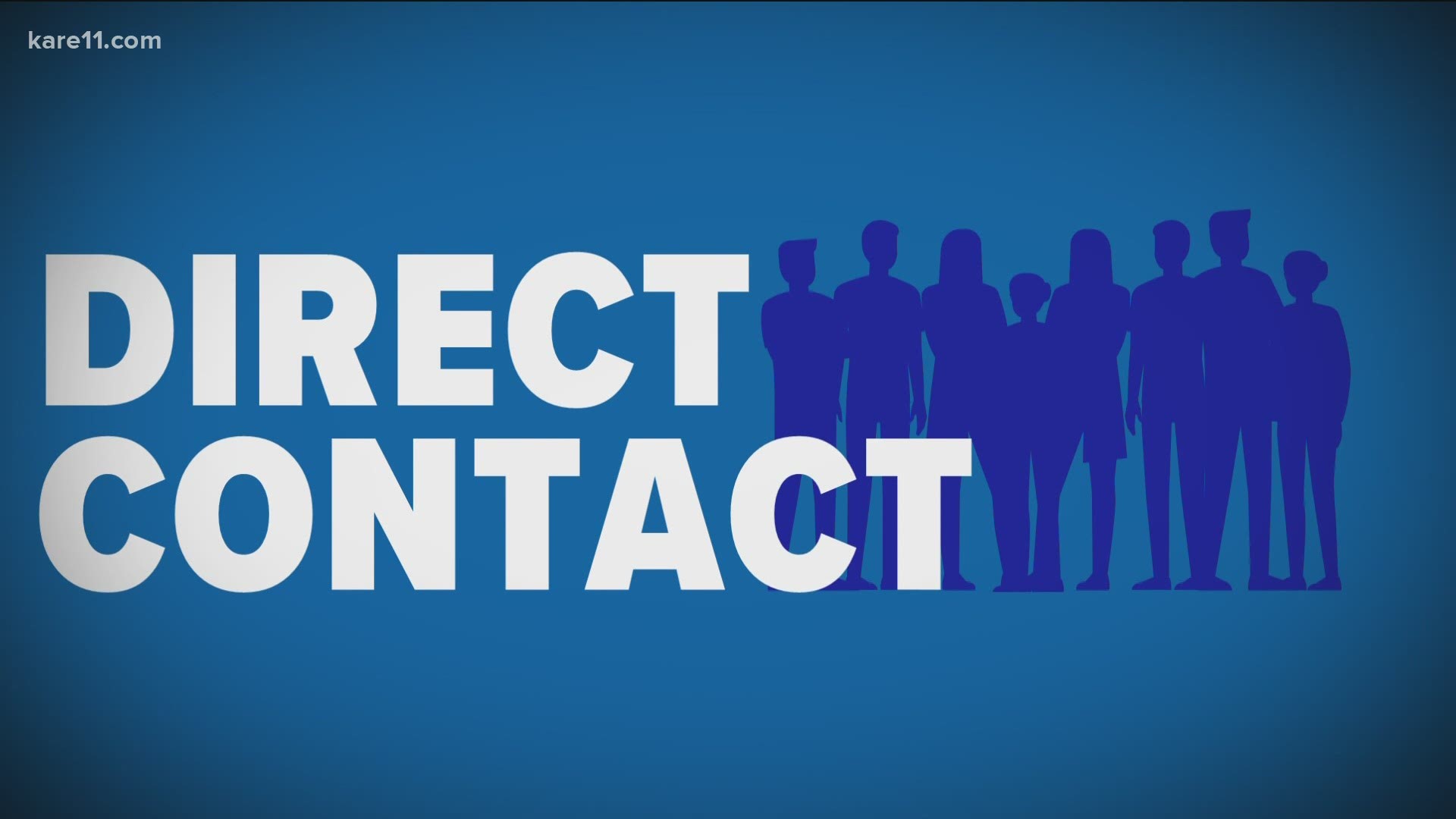ROCHESTER, Minnesota — COVID-19 infections are spreading faster than ever across the country, according to the latest NBC News figures. Hospitalizations are also climbing in most states.
As cases rise, Mayo Clinic said contact tracing remains a key tool in slowing the spread.
Contact tracing is the process of identifying those who may have been exposed to someone with COVID-19, notifying them and having them quarantine so they do not expose others should they develop the disease.
Mayo Clinic has streamlined how it contact traces within its own health care system. At the onset of the pandemic, they would do interviews by phone and identify any health care workers that may have been exposed and start calling those people.
"What we found after even less than week of doing this was that we could not match the speed of information that our health care workers needed," said Dr. Laura Breeher, medical director for occupational health services at Mayo Clinic in Rochester.
Dr. Breeher and her team developed a centralized electronic system that makes contact tracing quicker. Within two hours of learning of a confirmed case, health care workers who have significant exposure are identified and notified. Prior to that, it took 6-24 hours and was done by phone alone.
"We integrated some digital tools that allow us to send out kind of a blast email message to all of our employees that may have been exposed," Dr. Breeher explained. "We can more focus on doing that risk assessment and answering their questions, giving them advice, rather than spending so much time gathering that information that they can very easily give us."
The system is also a work in progress. Changes are being made as the pandemic progresses.
"We are looking at our processes again figuring out how can we best reach employees at the end of a quarantine or at the end of an isolation to clear them to return to work. Could we do things like sending out text messages for them to call us back rather than playing phone tag with people?" Dr. Breeher said.
Dr. Breeher said because they follow safety measures, like wearing masks, most COVID-19 exposures to their health care workers are happening outside the workplace. Household exposures often pose the highest risk because family members are having prolonged, close contact with their spouses and children.
Dr. Breeher said when someone attends a large gathering without masks it makes it nearly impossible to contact trace. And as cases rise, it can overwhelm contact tracers.
For example, last week North Dakota health officials told residents they should do their own contact tracing if they test positive for COVID-19 because health officials had a backlog of COVID-case investigations.
"If at some point contact tracing becomes overwhelmed and states or other entities have to stop, the spike in cases goes unchecked. So it does promote additional cases," Dr. Breeher said.
Dr. Breeher said everyone can do their part to help make contact tracing easier, including answering the phone when public health officials call.
Even though Mayo Clinic's system for contact tracing is unique to its organization, Mayo Clinic has published an article that can be used as a resource to others. You can read their framework, here.

